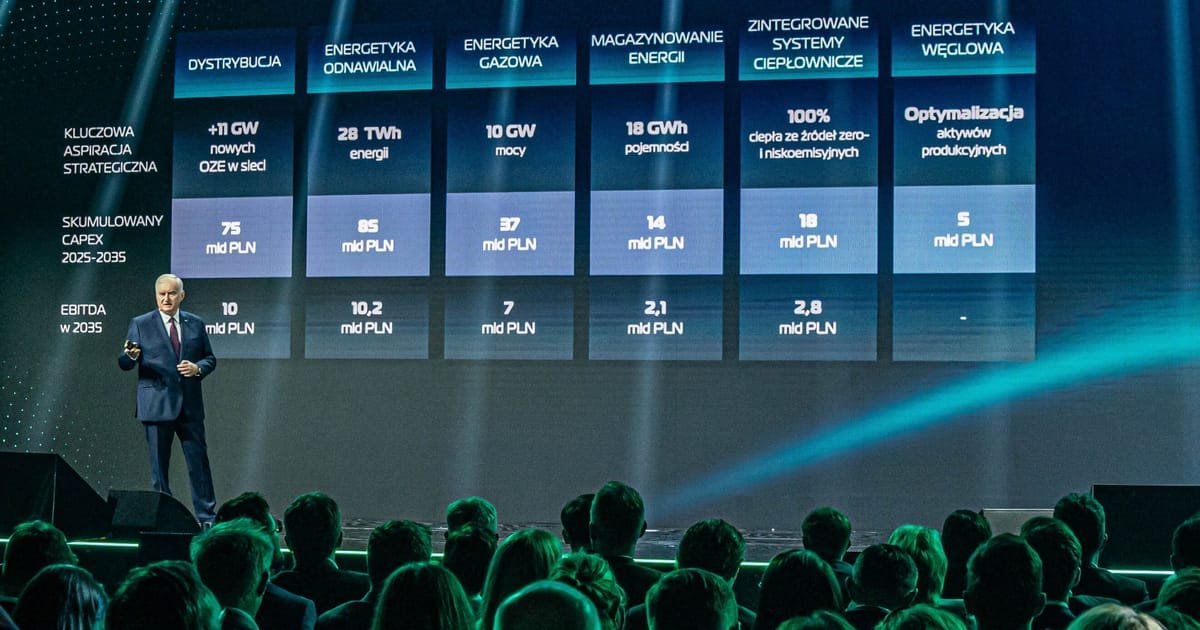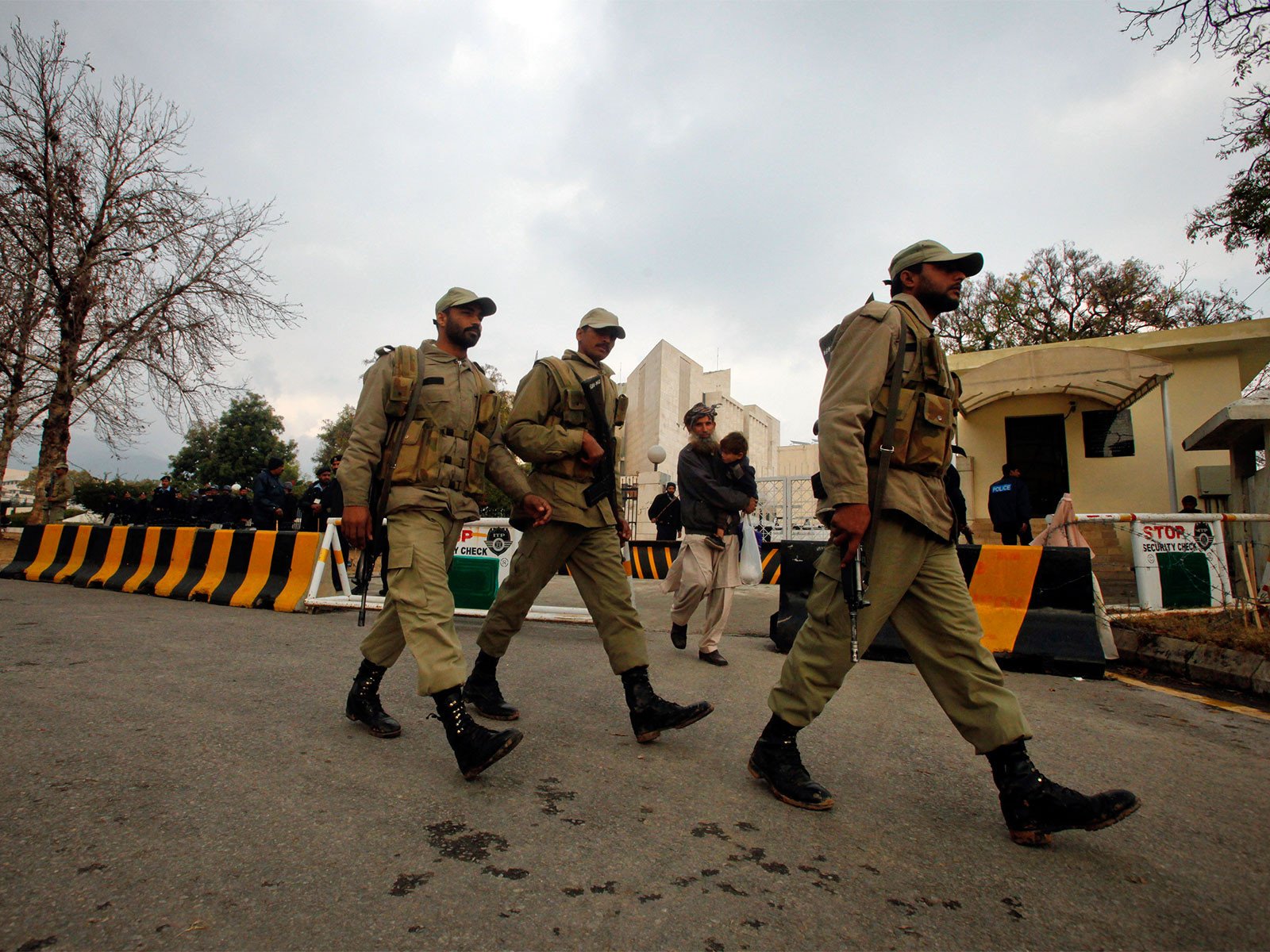
Indeed, while securing financing presents challenges, we remain optimistic, as various options and alternatives are available to us.
We can tap into existing financing sources dedicated to the energy transition, such as the Modernisation Fund and the Recovery and Resilience Facility, alongside resources earmarked in the current Multiannual Financial Framework. The daunting task of investing in the energy sector necessitates long-term planning and a stable outlook, especially considering that many of these funds will soon expire. It is crucial to secure the continuation of these funds to meet our 2035 objectives. For instance, we recently finalized loan agreements with the Polish Development Bank (BGK) totaling about €2.8 billion aimed at enhancing distribution networks, stemming from the National Recovery and Resilience Fund.
The initial offshore wind farm initiative, Baltica 2, which is supported by a Contract for Difference, is projected to cost roughly €7 billion. Out of this total, PGE has successfully secured half, amounting to €3.5 billion, from various financial institutions including BGK, the Export and Investment Fund of Denmark, the European Investment Bank, the European Bank for Reconstruction and Development, and numerous commercial banks. Notably, we achieved a gearing ratio of approximately 75 percent, with the remainder funded through a loan from the National Recovery and Resilience Fund.
The core of effectively financing this project lies in a sound evaluation framework that can deliver stable, predictable, and secured income — essentially, the project needs to be bankable. This assurance is facilitated via support mechanisms like the Contract for Difference for offshore wind farms, the Capacity Market for gas, and energy storage, complemented by a specific method to bolster adaptability in both power and heating systems. To accommodate local specifics, a flexible state aid framework that truly reflects the actual costs of individual investments just below the notification threshold is vital. Moreover, capacity mechanisms should be embraced as fundamental components of the energy market, with their implementation deemed essential to prevent blackouts in the increasingly unstable power system.
Is this the main reason that you are planning to operate 10 GW of gas-fired capacity?
When discussing natural gas, it is important to differentiate between electricity generation and combined heat and power production. Natural gas plays a crucial role in decarbonizing our district heating systems, where alternatives are limited for maintaining the necessary temperature of around 130 degrees Celsius. Furthermore, there is an imperative need for gas-fired capacity within the power system. According to the European Resource Adequacy Assessment, Europe will require an additional 50 GW in gas-fired capacity to guarantee energy security. Interestingly, the district heating systems can also aid the power grid, as nearly 20 percent of Poland’s electricity is generated from combined heat and power.
Still, you need to plan how to phase out coal, and that will have a negative impact on your balance sheet. How long do you want to keep coal assets?
At present, coal-fired power plants are operational for significantly shorter durations compared to the past, yet they remain essential. By 2035, it is anticipated that coal power plants will cease production, but they must still exist as an insurance measure — the costs associated with this need to be covered to ensure our security. For example, lignite extraction in Belchatow is projected to conclude within 10 to 12 years, while Turow will follow suit slightly later. Analyses are currently being conducted to determine how to fill the power gap of 5 GW once the coal reserves in Belchatow are depleted. This region is rich in substantial grid infrastructure and has access to skilled engineering personnel. Therefore, I am confident that it will continue to play a pivotal role in energy production. We will assess the feasibility of establishing a nuclear power plant there, while in Turow, we are contemplating both a gas unit and a small modular reactor.










